Key Takeaways
- Khapli Atta makes denser, nuttier rotis easier on digestion.
- Knead gently with warm water and let the dough rest before rolling.
- Use like regular atta for rotis, parathas, theplas and even baking.
So, you’ve got your hands on some Khapli Atta — maybe you heard it’s better for digestion, maybe someone told you it’s an ancient grain or maybe you’re just curious. Either way, you’re wondering:
“Okay… now what do I actually do with it?”
Good question. Khapli Atta is super versatile, but it does have its own personality. It’s not like regular atta, so using it right makes all the difference.
Here’s how to keep things easy (and tasty).
First Things First — What Can You Use Khapli Atta For?
You can use it pretty much the same way you'd use your regular wheat flour:
- Rotis
- Parathas
- Chapatis
- Theplas
- Even cookies, cakes and pancakes if you're feeling experimental
But here’s the deal: Khapli is an ancient wheat and it behaves a little differently — slower to knead, slightly coarse in texture and more 'real' in taste.
The Basic Process to Use Khapli Atta
1. Measure the Flour
- Start with 1 cup of Khapli Atta.
- You can go full Khapli, or mix it 50-50 with regular atta if you’re trying it for the first time.
2. Add Warm Water Slowly
- Add water bit by bit as you mix — warm water works best.
- Don’t pour it all in at once or the dough will get sticky and messy fast.
3. Knead Gently
- Use light pressure — no need to be rough.
- The dough will feel more delicate than regular wheat and that’s normal.
- You want a soft, slightly sticky dough, not super stiff or dry.
4. Let the Dough Rest
- Cover the dough with a damp cloth and let it rest for 10–15 minutes.
- This helps the flour absorb the water fully and makes rolling much easier.

5. Roll It Lightly
- Roll your dough balls gently — Khapli doesn’t stretch like regular atta, so it can crack if you're too aggressive.
- If it sticks, just dust with a little dry flour.
6. Cook It Just Like a Normal Roti
- Heat a tava or pan.
- Cook each side until light brown spots appear.
- Optional (but highly recommended): Add ghee on top while it’s still hot.
What to Expect
- A roti or paratha that’s a little denser than regular, but packed with flavour.
- A satisfying, nutty taste.
- Something that feels filling, earthy and way easier on your stomach.
Final Thoughts
Using Khapli Atta isn’t complicated — it’s just a slower, more mindful version of what you already know. And that’s kind of the point. It’s about getting back to basics, using ingredients that haven’t been tampered with and making food that actually feels good.
So go ahead — mix, knead, roll and taste a piece of history.


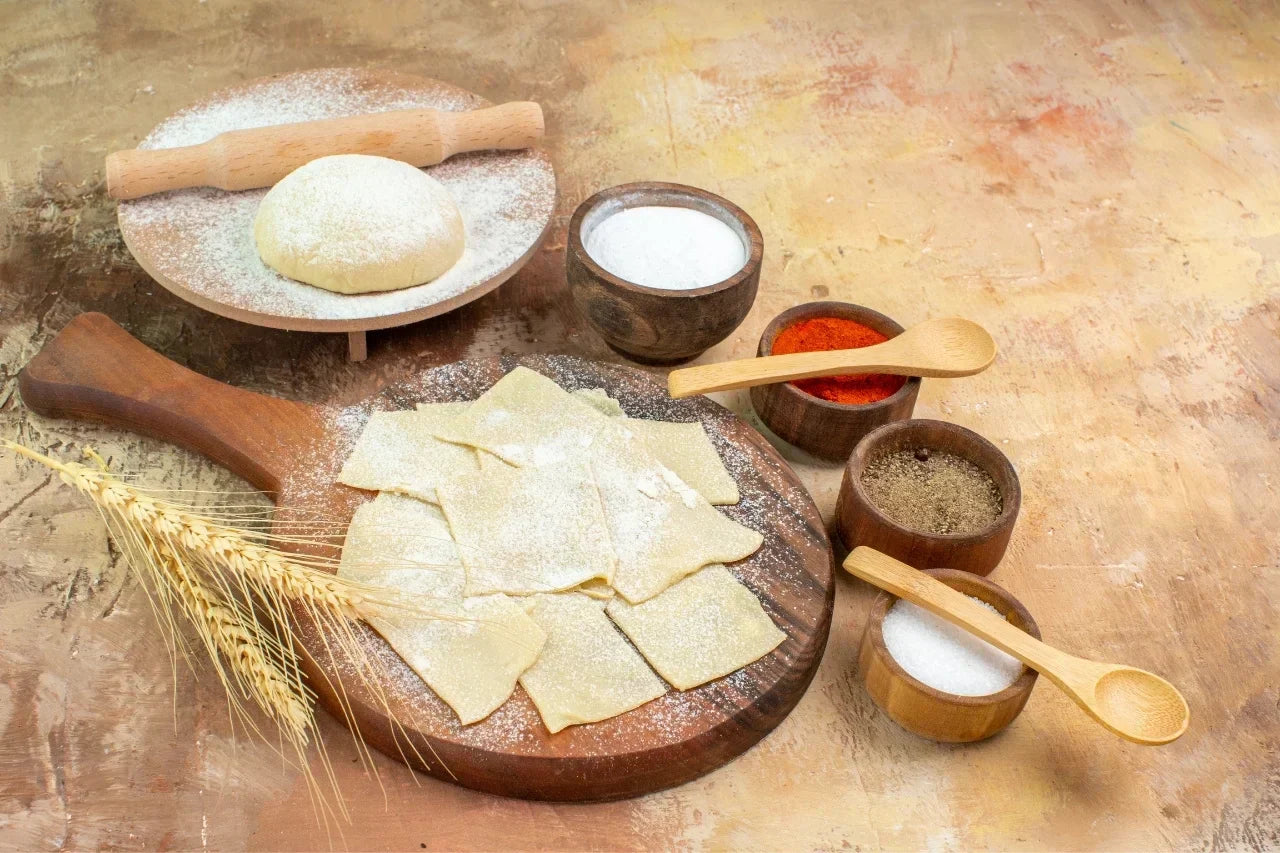

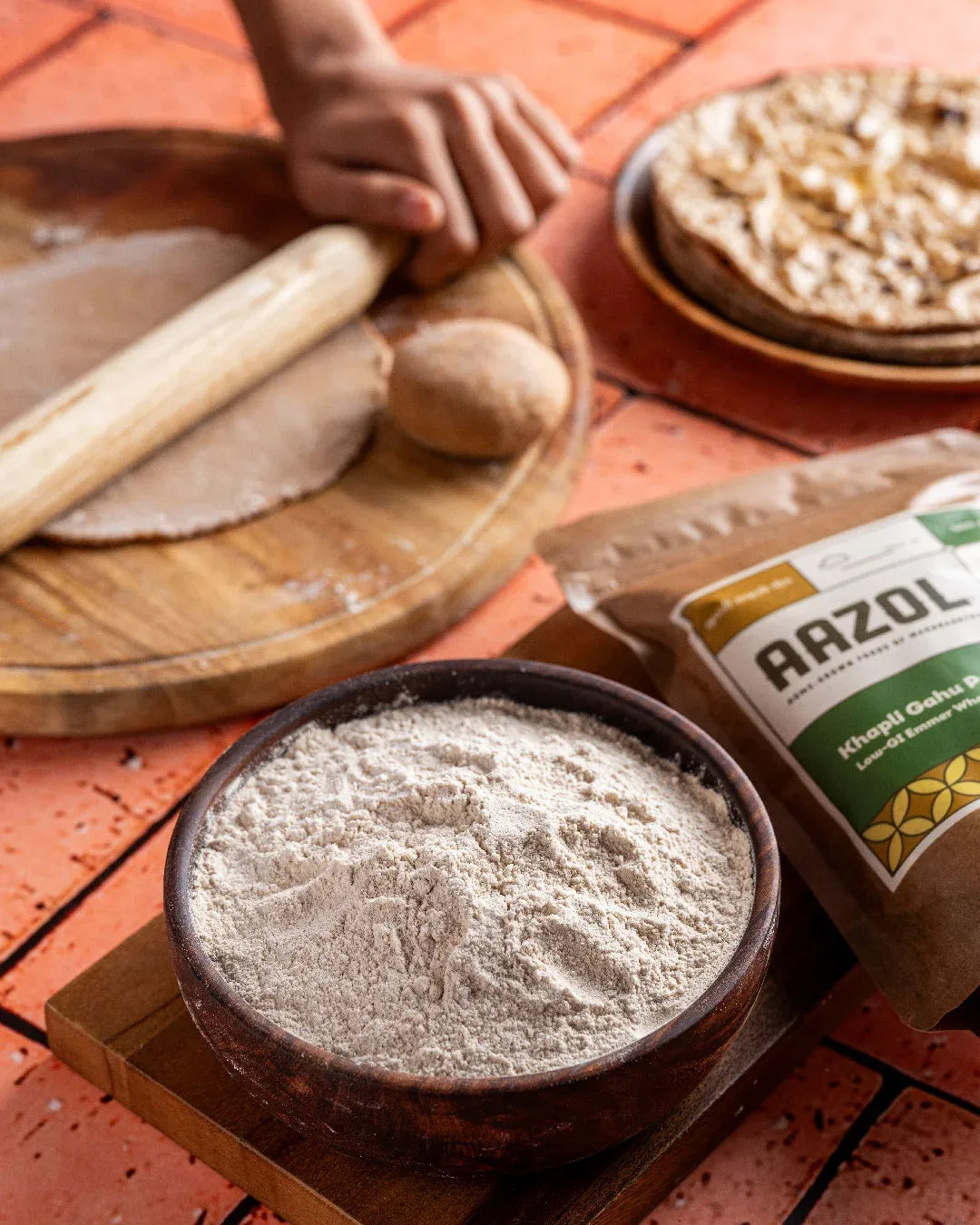
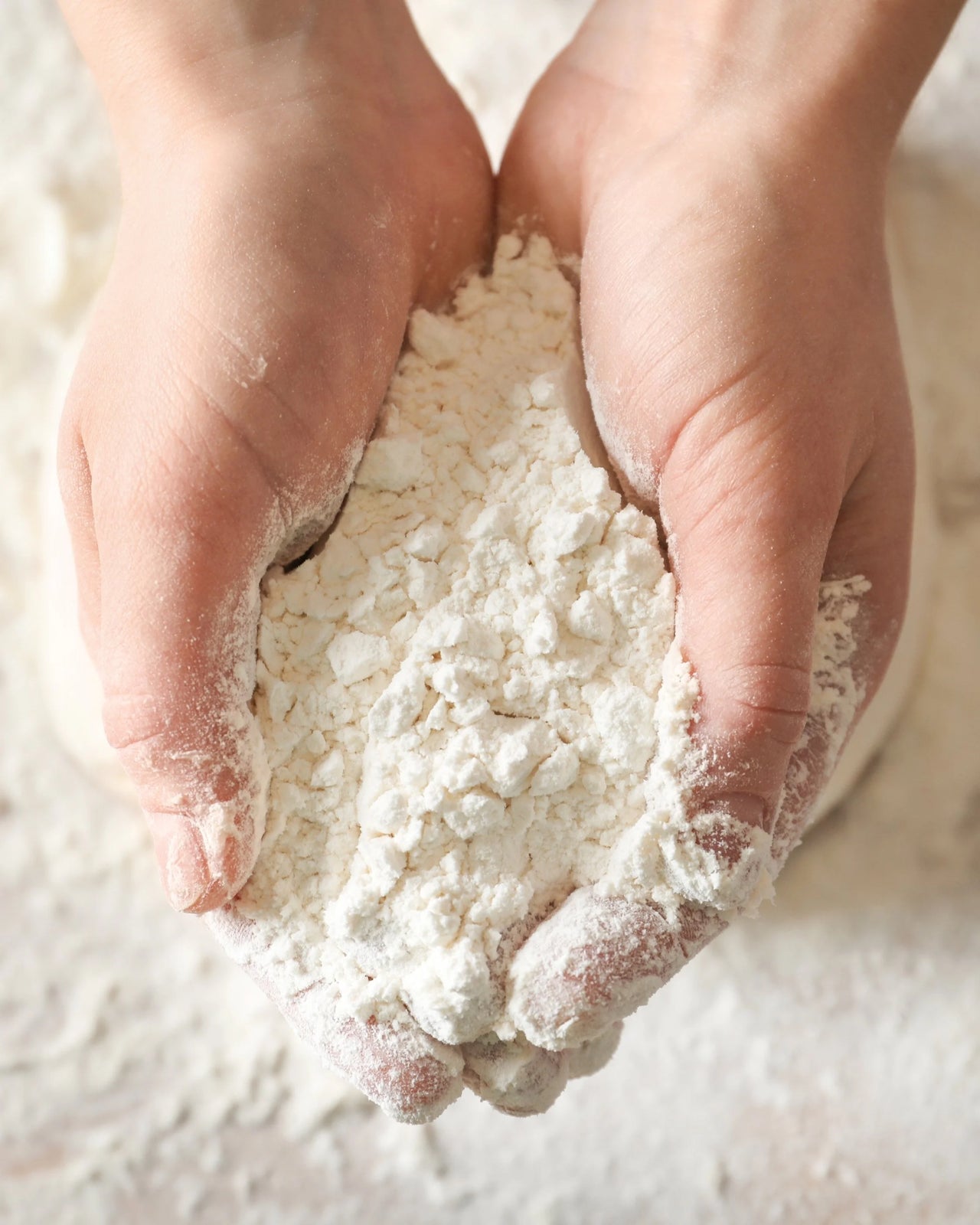

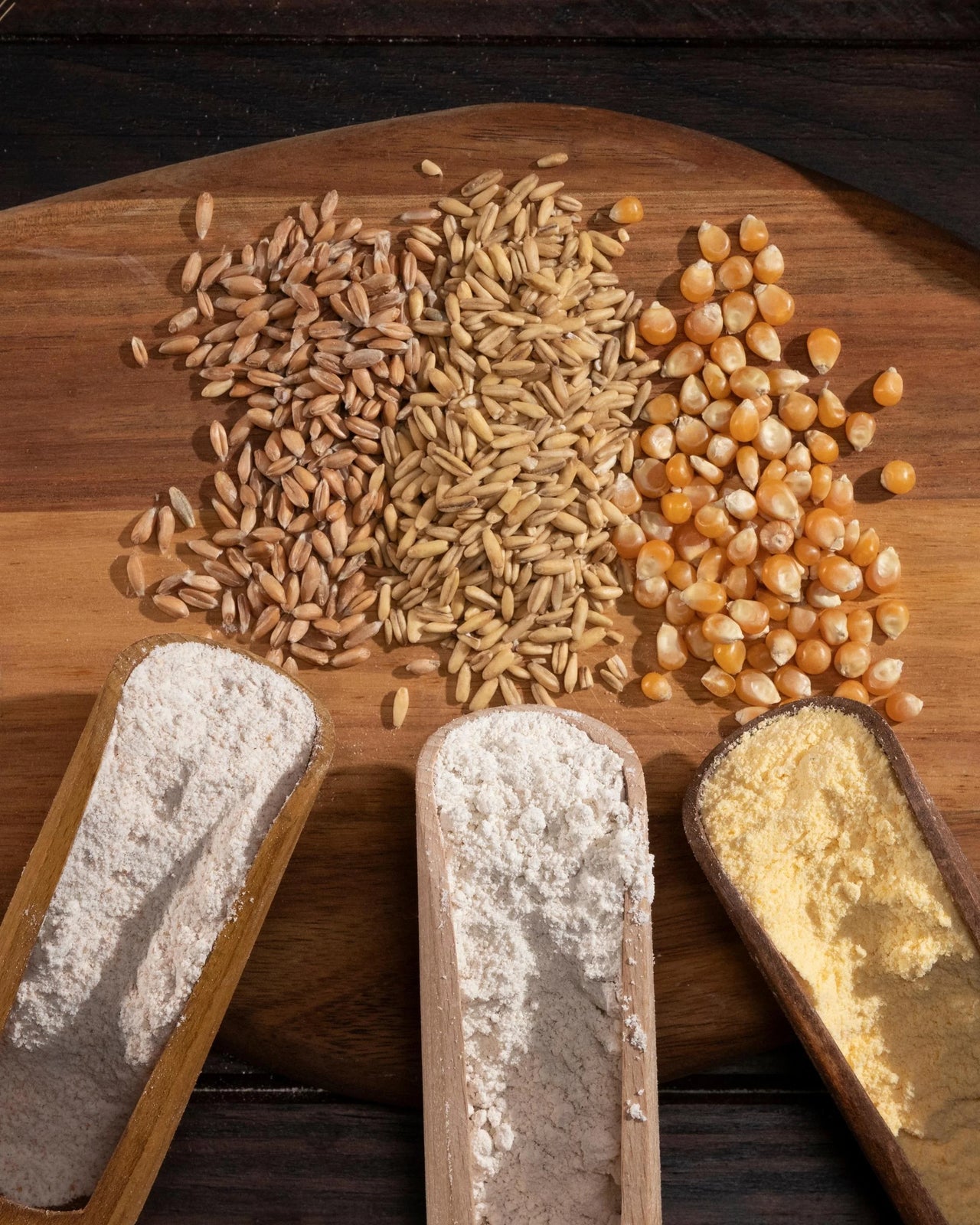

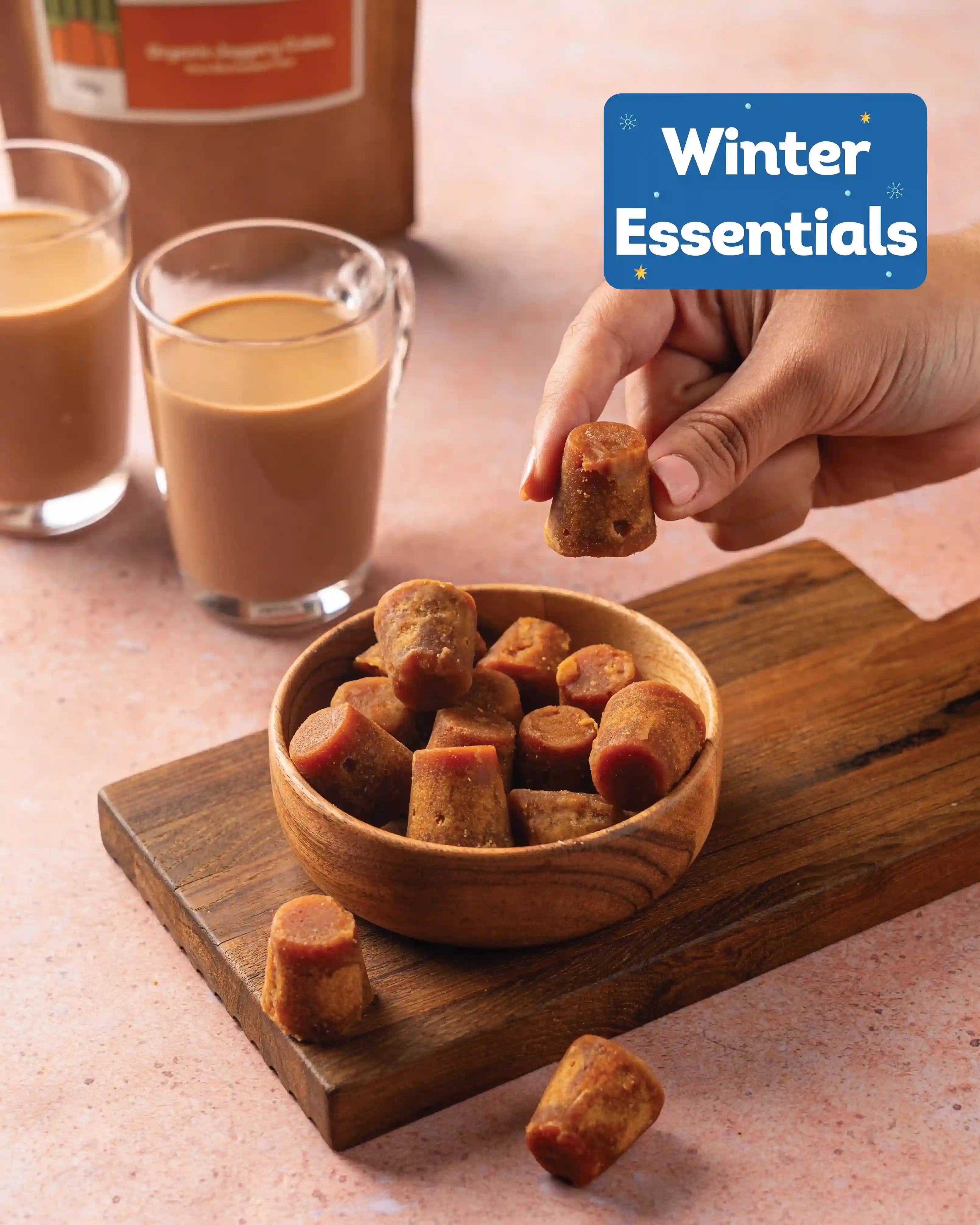
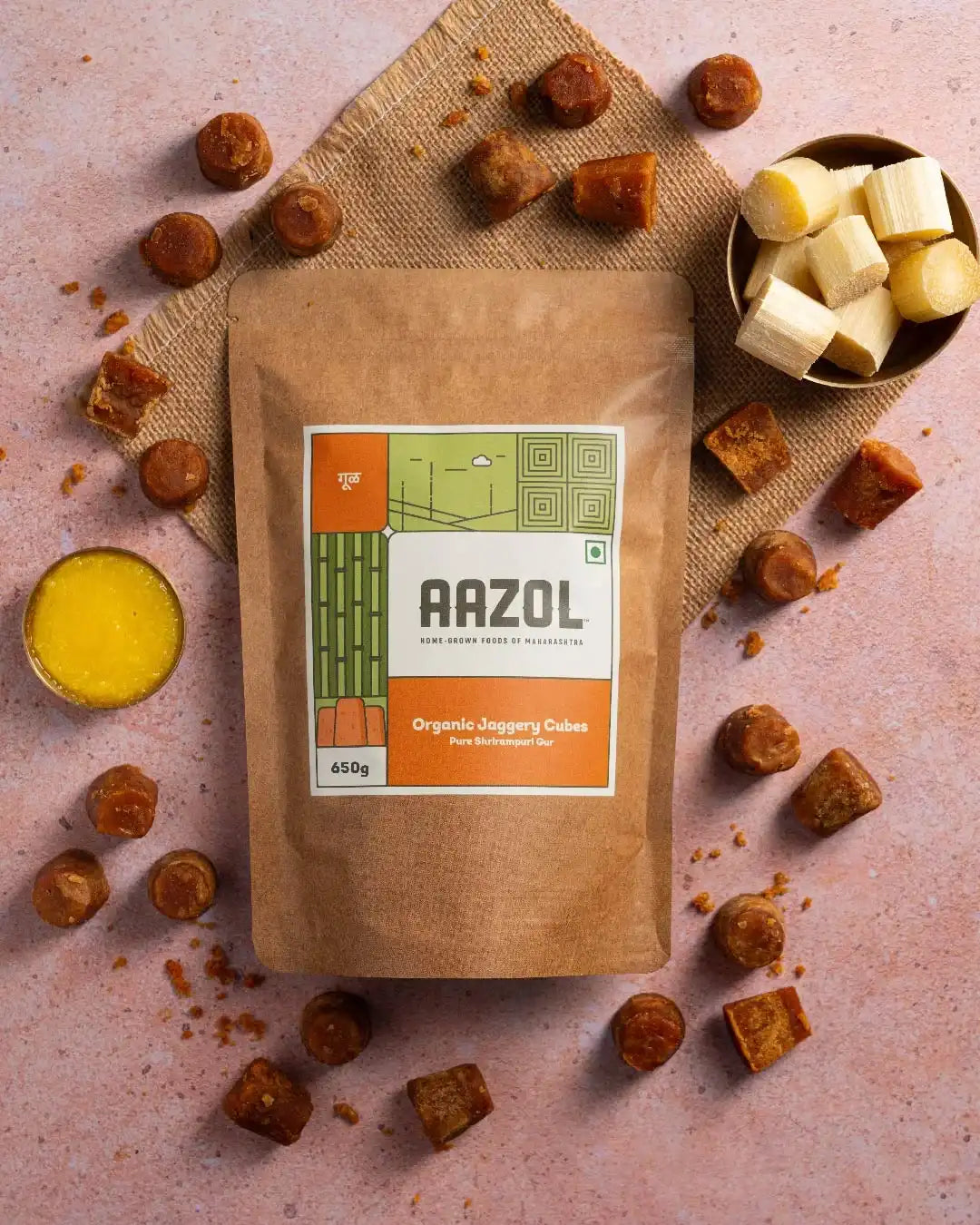
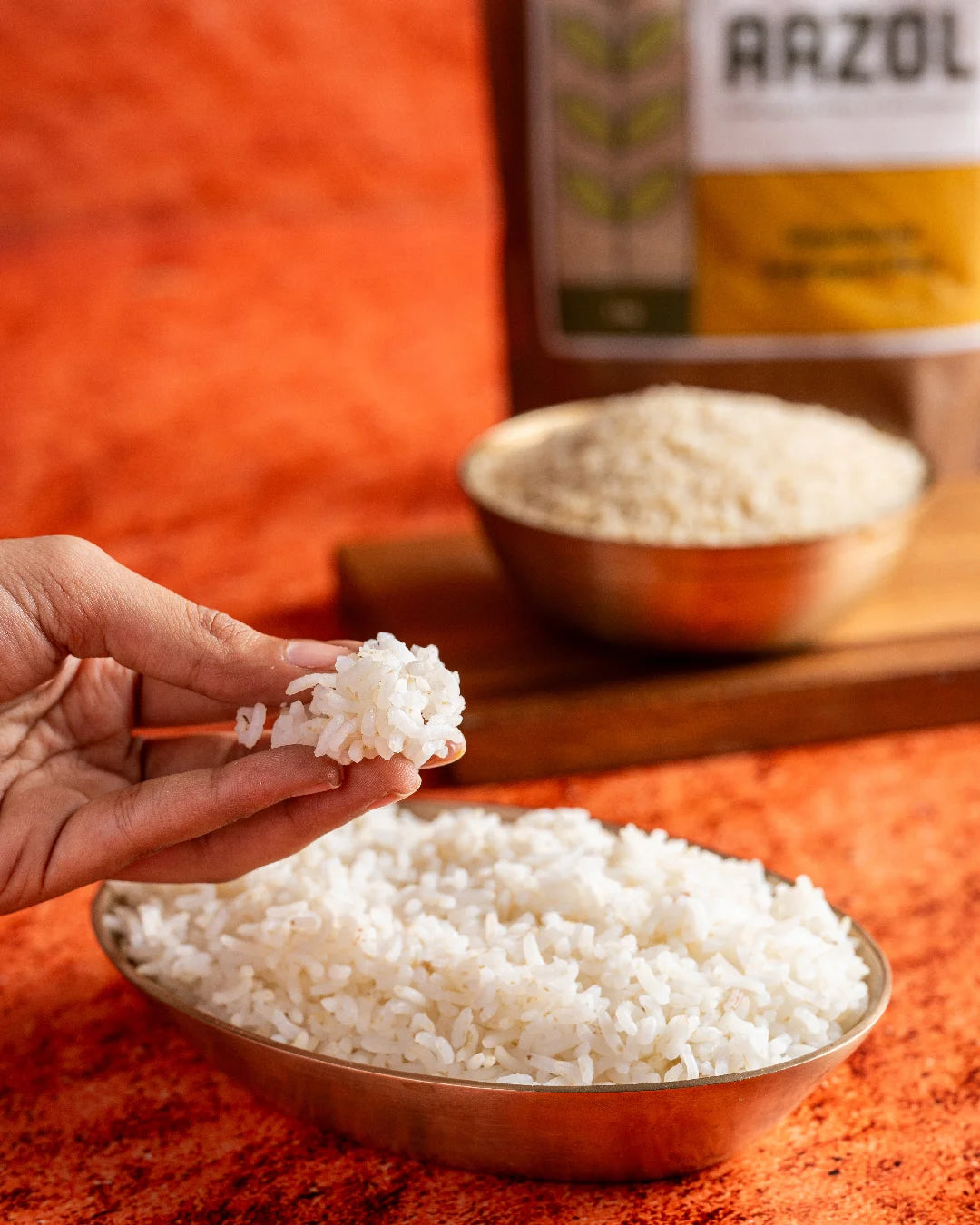
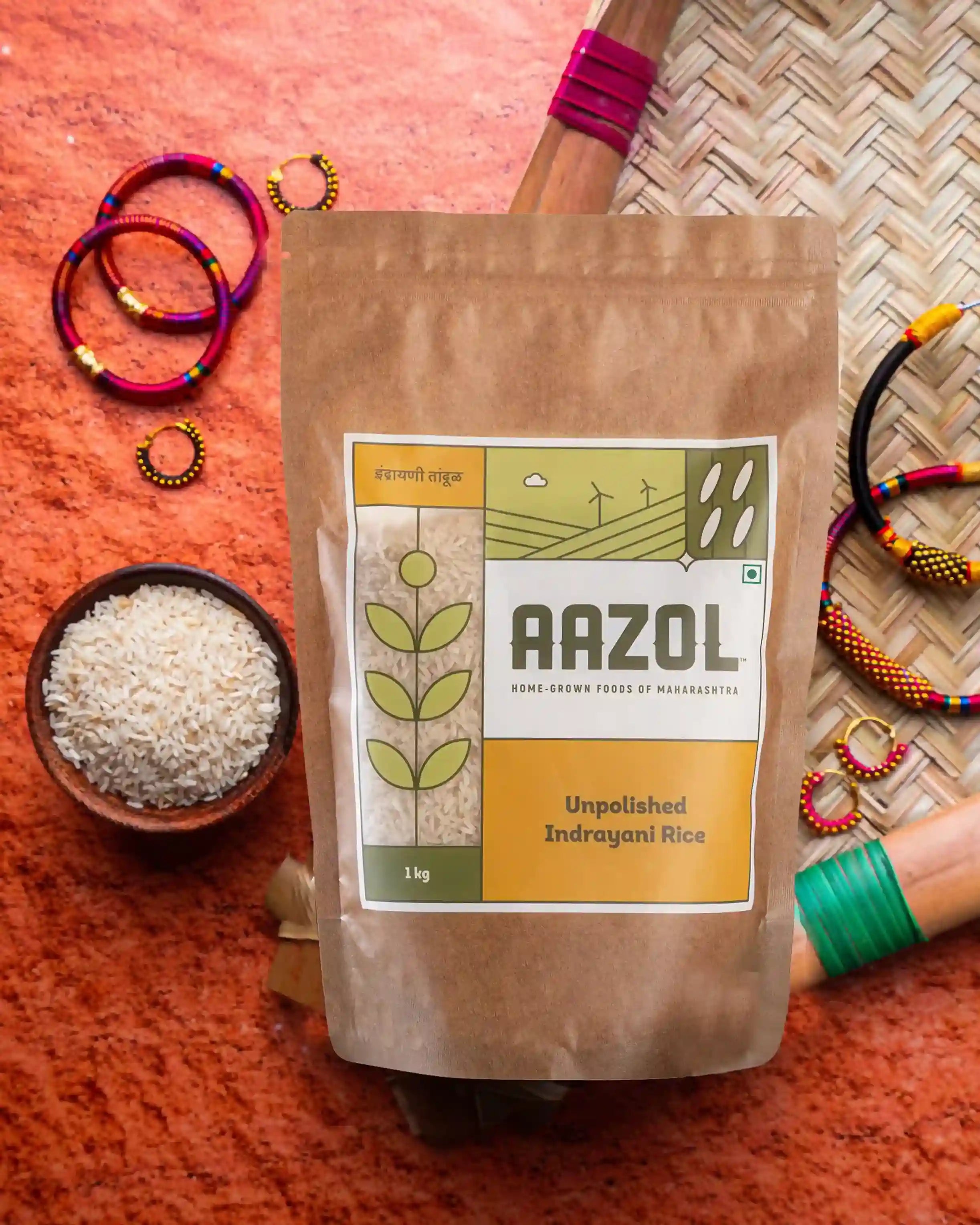
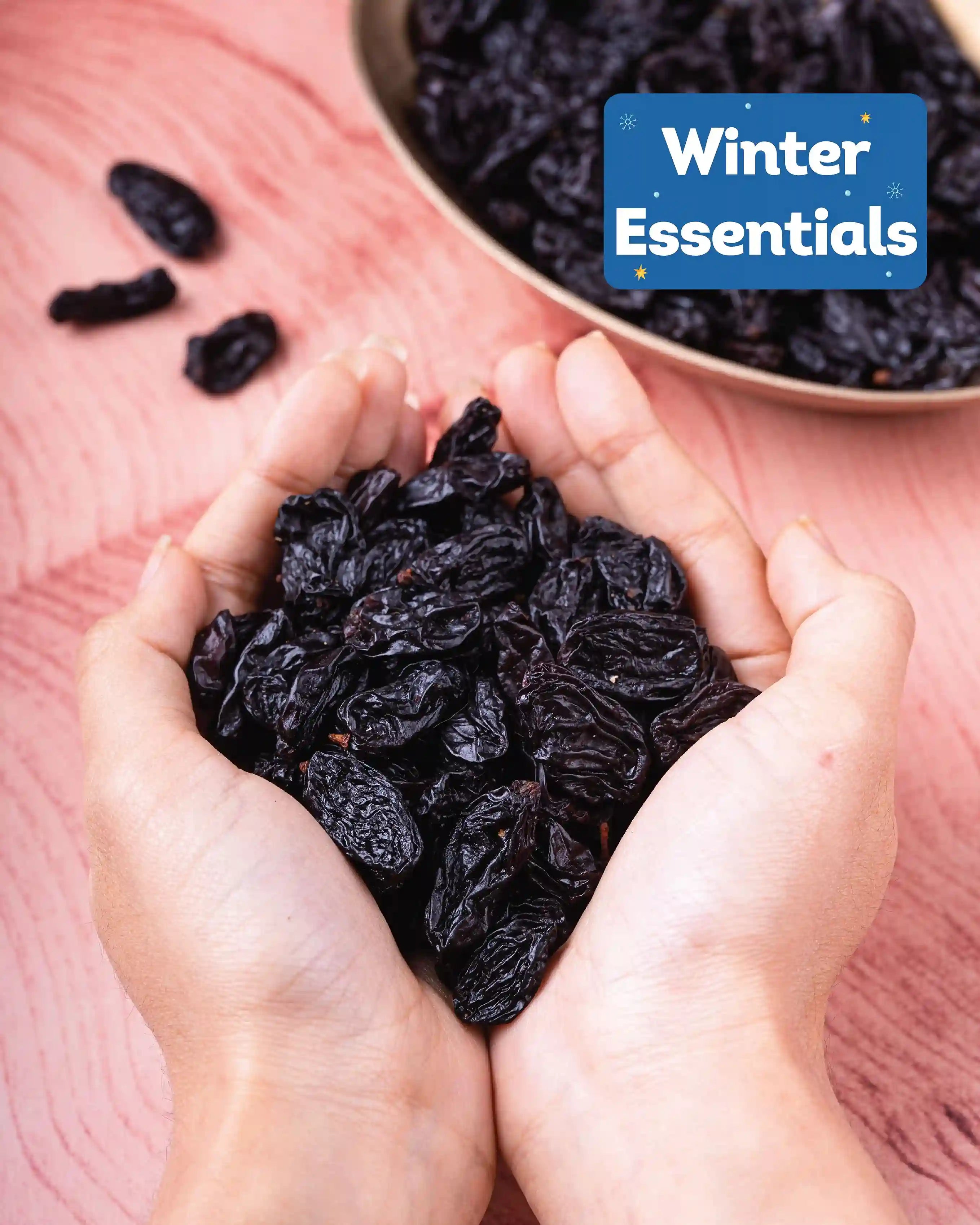
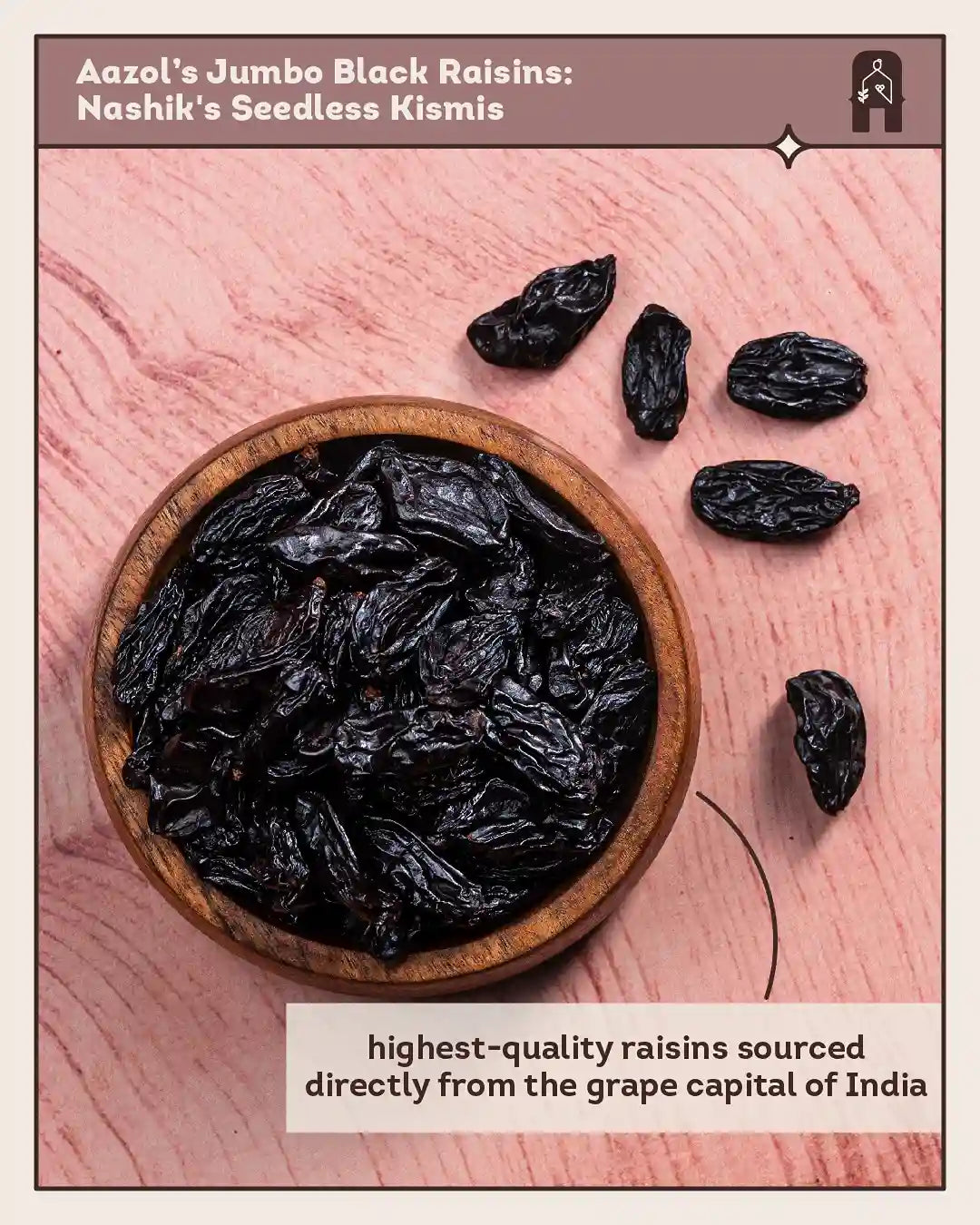
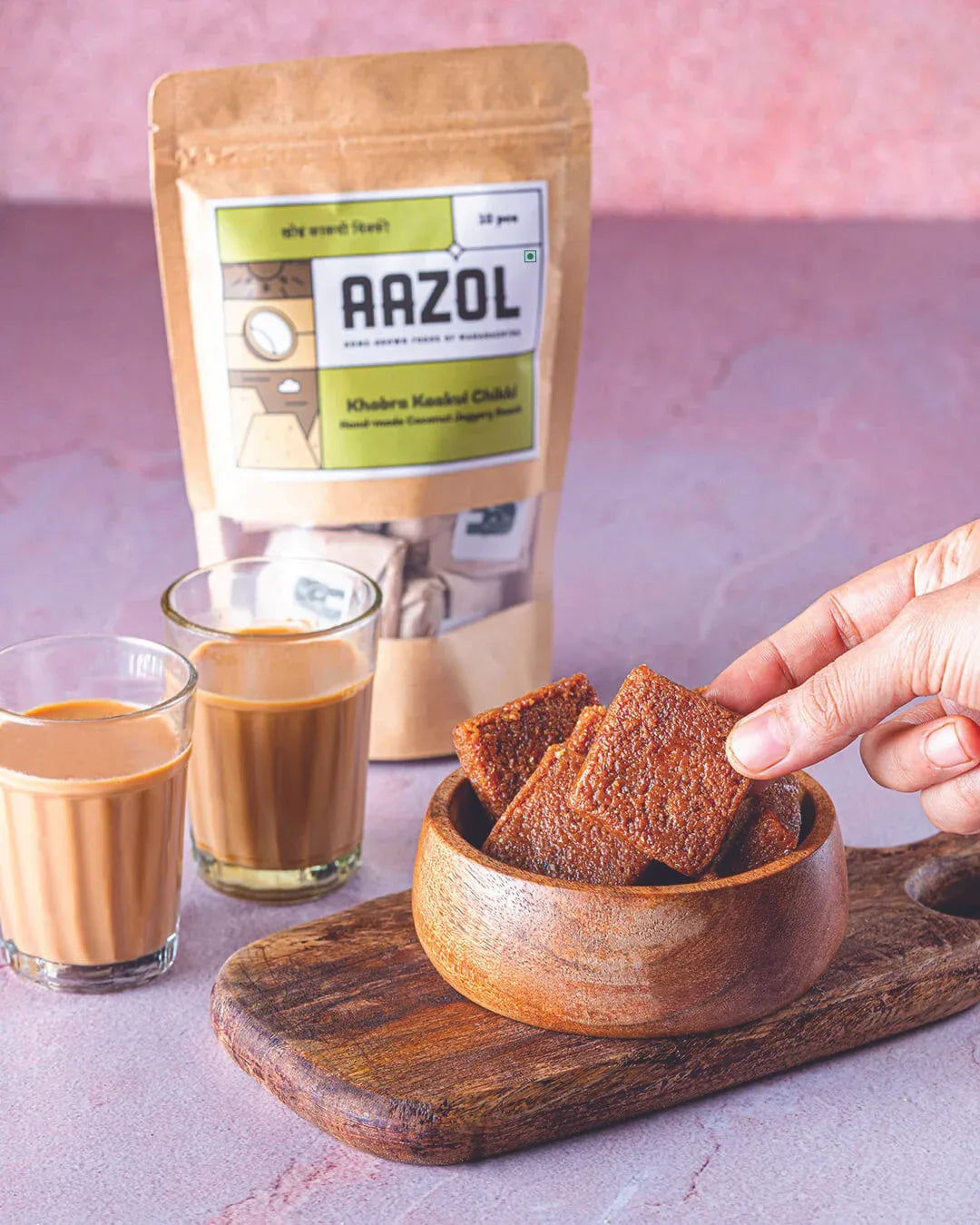
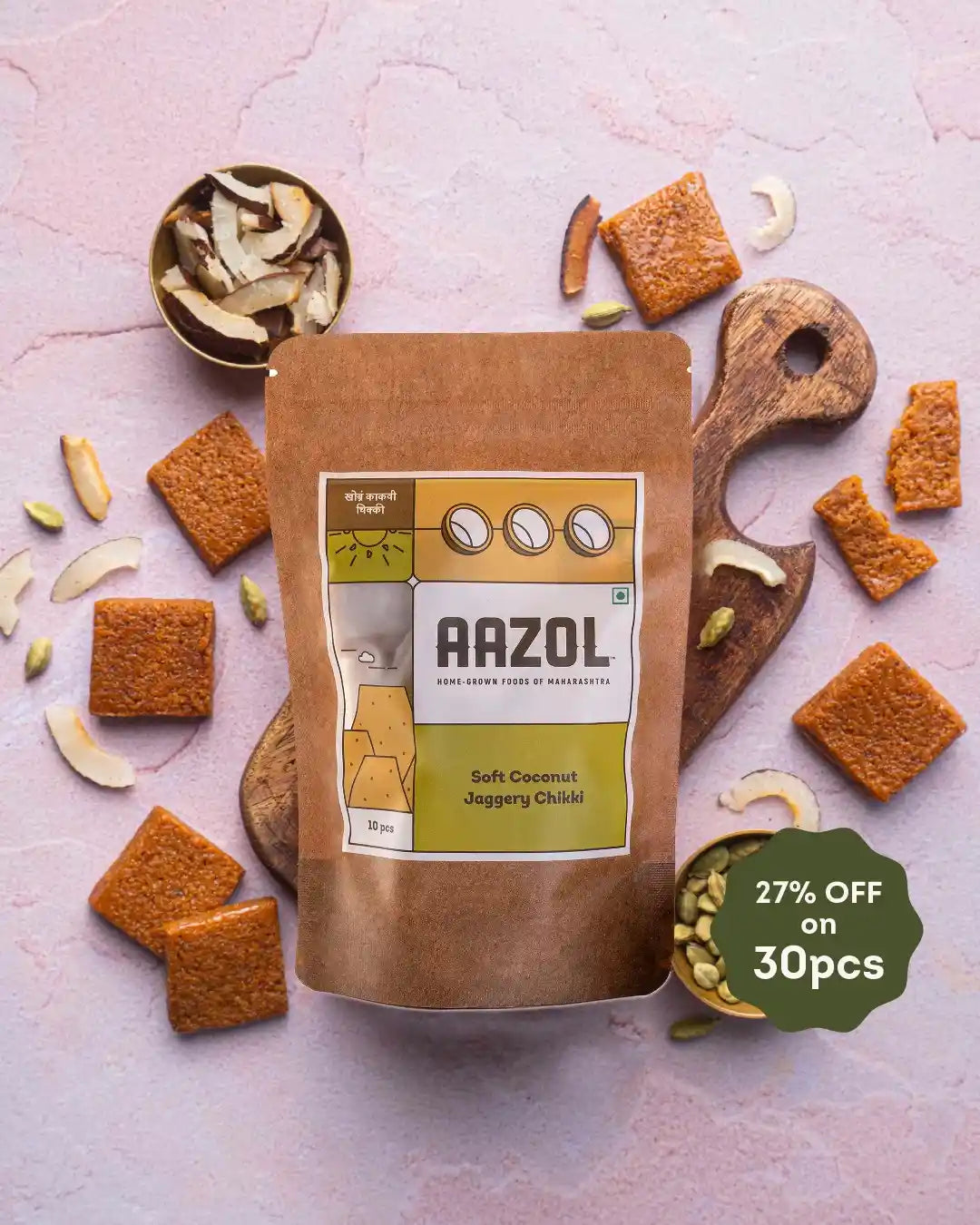
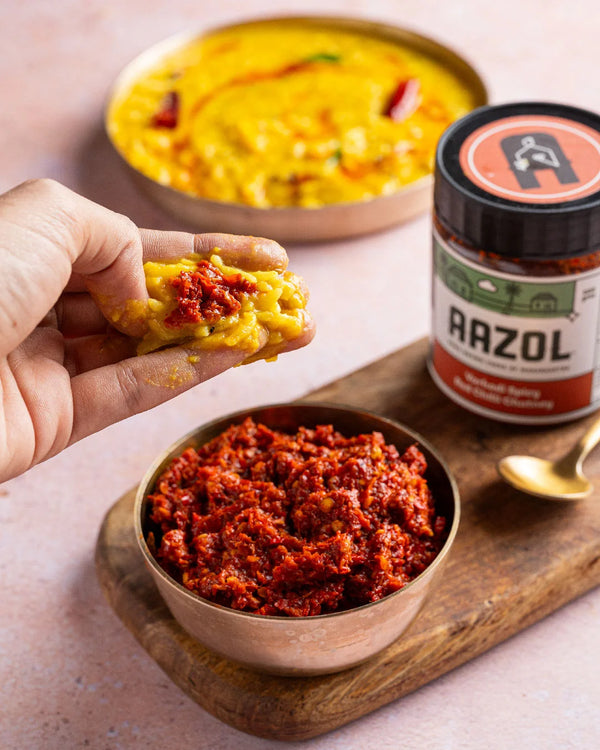
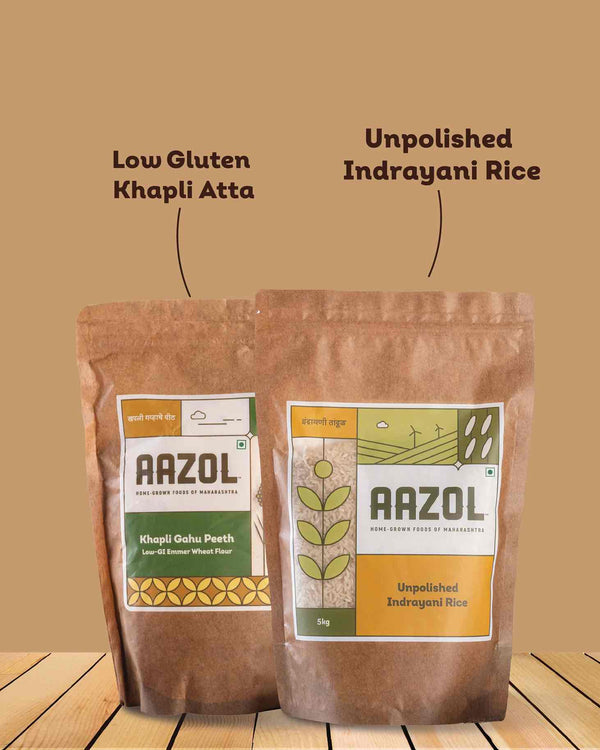
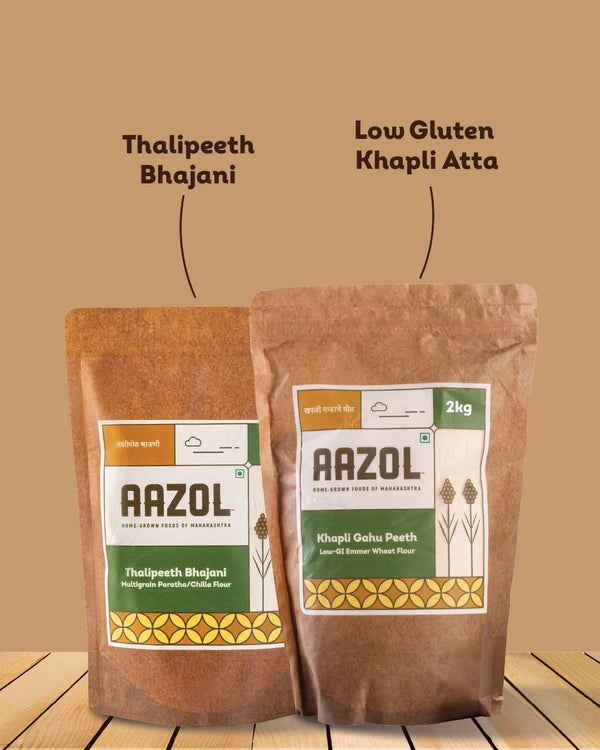
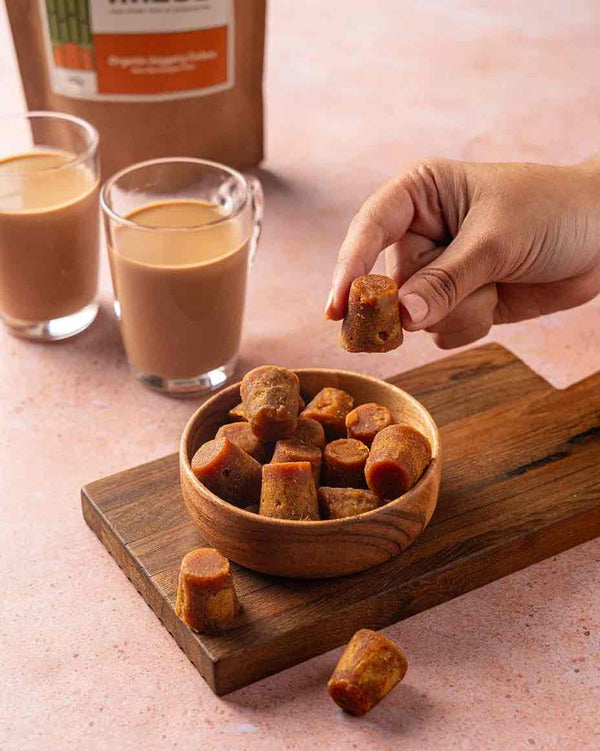
Comments (2)
Your comment may be featured to help others on a similar journey
interesting!
Very informative 👍